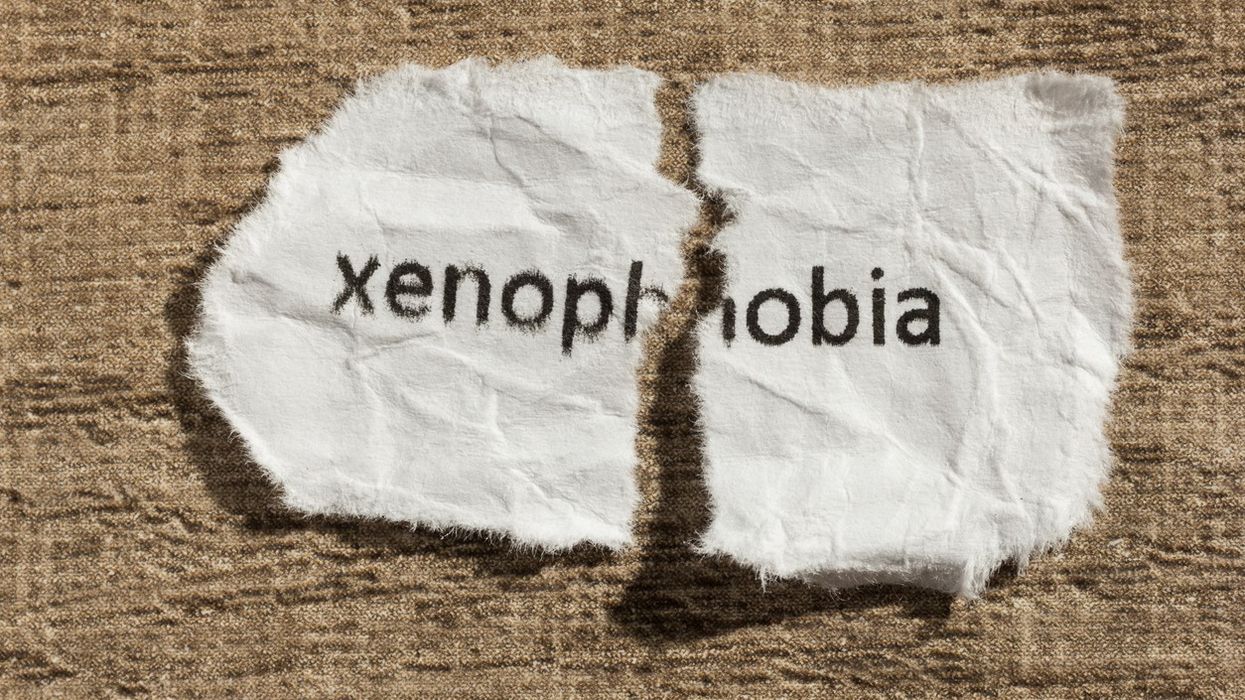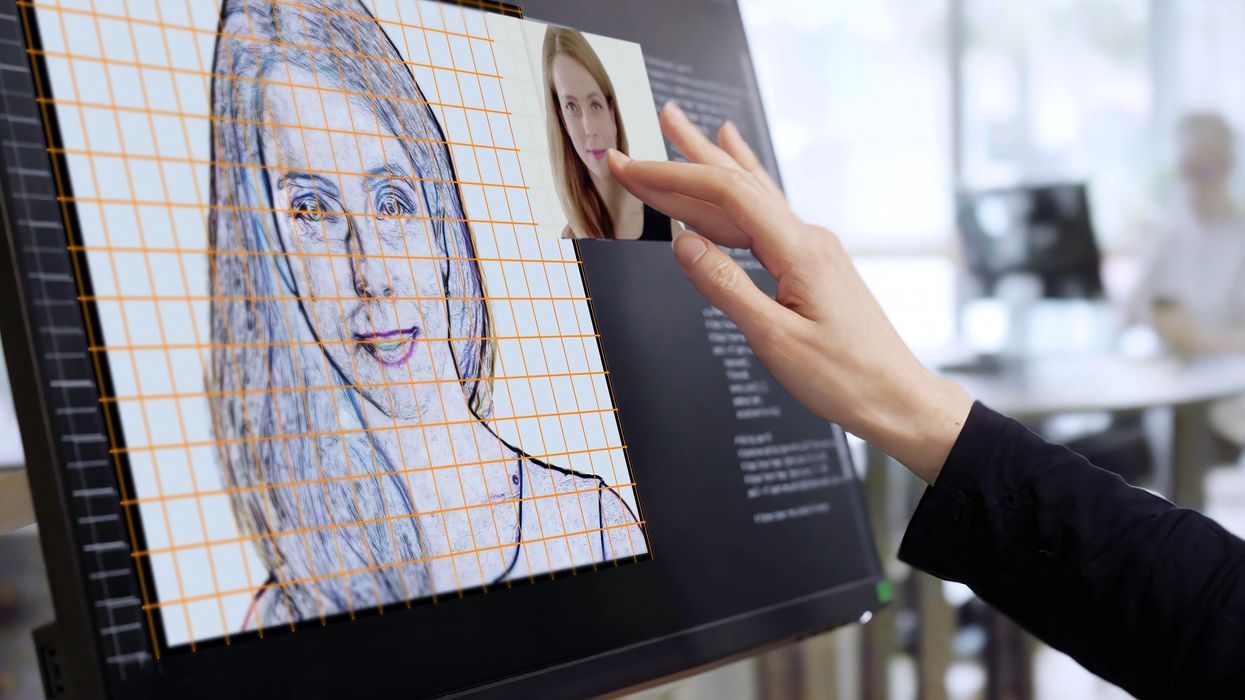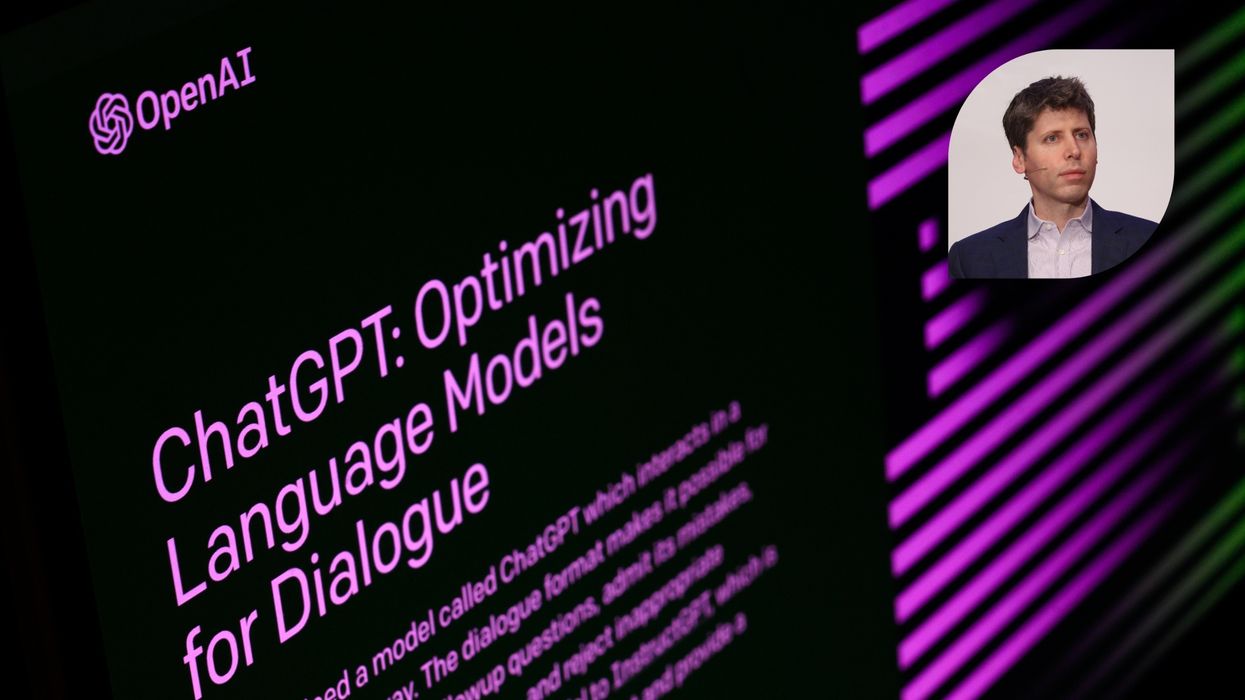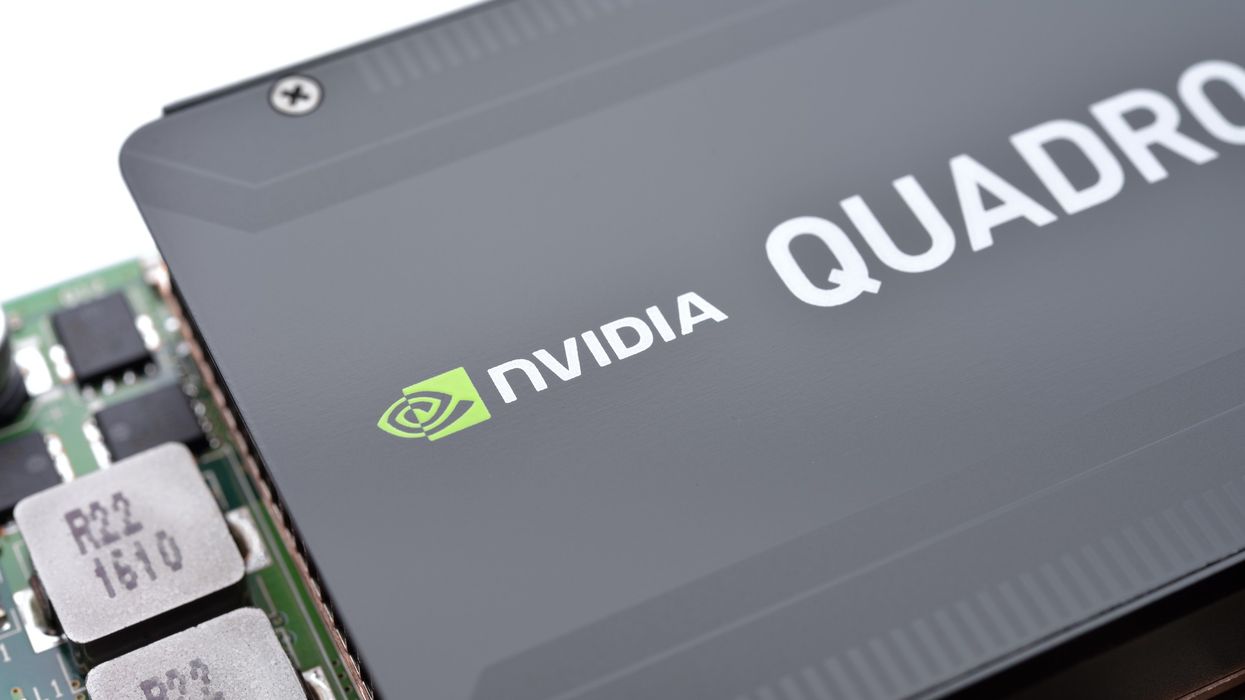Highlights:
- AI tools, from image generators to deepfake software, are increasingly exploited to violate privacy.
- Vulnerable groups, particularly minors, face rising risks of harassment and exploitation.
- Experts call for stronger ethical safeguards, regulations, and public awareness.
AI’s power comes with a dark side
Artificial intelligence has transformed creativity, productivity, and entertainment. From generating artwork to synthesizing voices, AI offers remarkable possibilities. But as the technology becomes more accessible, it is also being exploited for harmful purposes.
Recent incidents underscore this emerging threat. A teenage girl in New Jersey was reportedly targeted when a classmate used an AI-powered “clothes removal” app to generate a fake nude image from her social media photo. Similar concerns have arisen globally: Meta recently filed a lawsuit against a Chinese deepfake app that manipulates photos to remove clothing, while in Scotland, record numbers of women have fallen victim to fake-image “revenge porn.”
These examples illustrate how AI, when misused, can quickly escalate from a digital curiosity to a serious violation of personal safety.
When technology enables extremes
The misuse of AI exposes vulnerabilities in privacy, consent, and digital ethics. Deepfake tools can generate realistic images and videos, making harassment and impersonation frighteningly easy. Identity theft, blackmail, and cyberbullying are all becoming more sophisticated because of these technologies.
Experts warn that minors and young adults are particularly at risk. In the New Jersey case, the teen was only 14 when the image was created, highlighting how quickly AI misuse can exploit the most vulnerable online.
Gaps in regulation and accountability
While legislation such as the Take It Down Act in the U.S. criminalizes nonconsensual intimate imagery, enforcement remains a challenge, especially when AI tools are developed abroad. International developers, often operating in jurisdictions with weak oversight, can make accountability difficult.
Regulators and ethicists are calling for built-in safeguards, stricter access controls, and ethical AI design to prevent misuse. Some suggest mandatory reporting mechanisms for AI-generated content that violates consent, as well as public awareness campaigns to educate users about potential risks.
Protecting users in an AI-driven world
Addressing AI misuse requires more than legal action. Education, digital literacy, and vigilance are key to protecting vulnerable individuals. Parents, schools, and technology companies must work together to ensure that AI remains a tool for creativity, not exploitation.
As AI continues to evolve, society faces a critical choice: embrace its benefits while acknowledging its dangers, or risk allowing technology to become a tool for abuse. The cases surfacing today serve as a warning, one that demands urgent attention from policymakers, tech companies, and the public alike.














